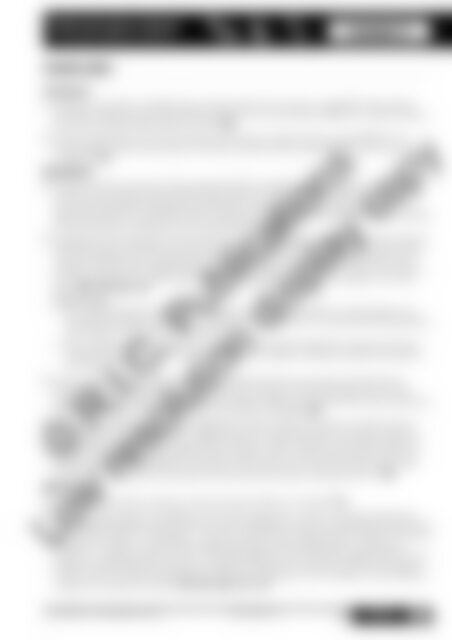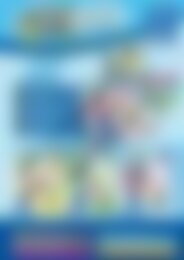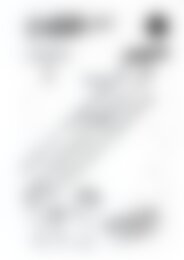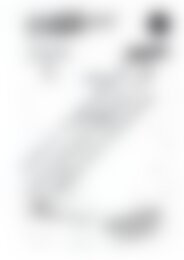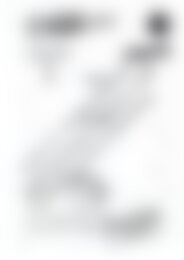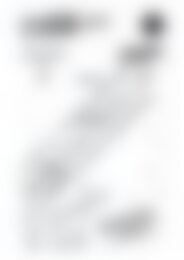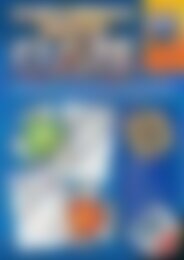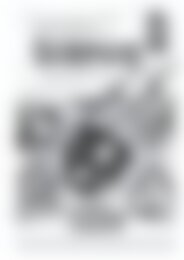6172RB Science a STEM approach Year 2 low res watermark
You also want an ePaper? Increase the reach of your titles
YUMPU automatically turns print PDFs into web optimized ePapers that Google loves.
Earth and space sciences<br />
OUR RESOURCEFUL WORLD<br />
Lesson 4<br />
Lesson plan<br />
Introduction:<br />
1. Students review their completed copy of the brainstorm from Lesson 1 (page 80). Using a thinkpair-share,<br />
students discuss the questions What are rocks and are they different to minerals? Where<br />
do we find minerals? Share ideas as a class. QP<br />
2. View the video Real world science: Rocks and minerals at . This<br />
shows objects made using important minerals and what these minerals look like when they are<br />
unrefined. PC<br />
Development:<br />
3. Divide the class into groups of four and take the class outside to an area where it is okay to spill<br />
sand. Give each group a pre-prepared large plastic tub, a sandpit sieve, a craft stick, a matchstick<br />
and a fine paint brush. Students work as a team to uncover minerals from the large plastic tub<br />
(ground) using the tools available to them. Students must ensure they handle each mineral carefully<br />
without breaking or wasting any of the valuable <strong>res</strong>ource. PC<br />
4. Students sort and classify the minerals they found into three groups and give each group a label to<br />
identify the type of mineral (rocks, gems and metals). Students look at each mineral in each group<br />
and write a definition for each type, then share their definitions as a class and refine their own if<br />
needed. They then take a digital photograph of each group and its definition. Note: If time al<strong>low</strong>s,<br />
encourage students to upload, <strong>res</strong>ize and print a copy of the photographs or upload it to a class<br />
blog. QP PC PA E<br />
Differentiation<br />
• Less capable students may be told the group names and encouraged to sort the objects into<br />
each group. Students may work with an adult to write a definition or may describe the properties<br />
of the objects in each group to their group.<br />
• More capable students may be encouraged to find a dictionary definition for each group and<br />
compare it to their definition. They may also be encouraged to identify the difference between<br />
each type of mineral.<br />
5. Using a think-pair-share, students discuss the questions How do we extract minerals from the<br />
ground? What is mining? and How did people mine minerals in the past? Display the tools that<br />
students used to mine their minerals from the large tub. What issues would miners have using these<br />
tools for large-scale mining? How do we mine minerals nowadays? QP<br />
6. View the video Modern Mining—How Eagle Mine produces nickel and copper at . This video explains in simple terms how nickel and copper are found, mined and<br />
processed at Eagle Mine in the United States of America. Note: There are many different types of<br />
mining and the process varies slightly for each; however, the main three-step process is the same.<br />
Some sources state rehabilitation or <strong>res</strong>toration of the natural environment as a fourth step in the<br />
process. This is becoming increasingly more important to provide a sustainable future. PC<br />
Reflection:<br />
7. Using a think-pair-share, students answer the question What is a mineral? C<br />
8. As a class, test students’ knowledge of minerals by asking them a series of questions (with some<br />
hints). Read the fol<strong>low</strong>ing to the class, then instruct students to move to one side of the class for yes<br />
and the other side for no. Question 1. Is quartz a mineral? Does anybody make it? Where is it found?<br />
Question 2. Is plastic a mineral? Who makes plastic? Do you know what plastic is made from?<br />
Question 3. Is gold a mineral? Can you make gold? Where do you find gold nuggets? Question 4. Is<br />
granite a mineral? What do you think it is made of? Question 5. Is charcoal a mineral? You can find<br />
it after a fire has burned, but where does it come from? Question 5. Is an iceberg a mineral? What is<br />
made of? Is it natural? Is it solid? QP PC PA E C<br />
© R.I.C. Publications<br />
Low <strong>res</strong>olution display copy<br />
R.I.C. Publications® – www.ricpublications.com.au 978-1-925431-95-7 YEAR <strong>Science</strong>:<br />
2 A <strong>STEM</strong> APPROACH 91


